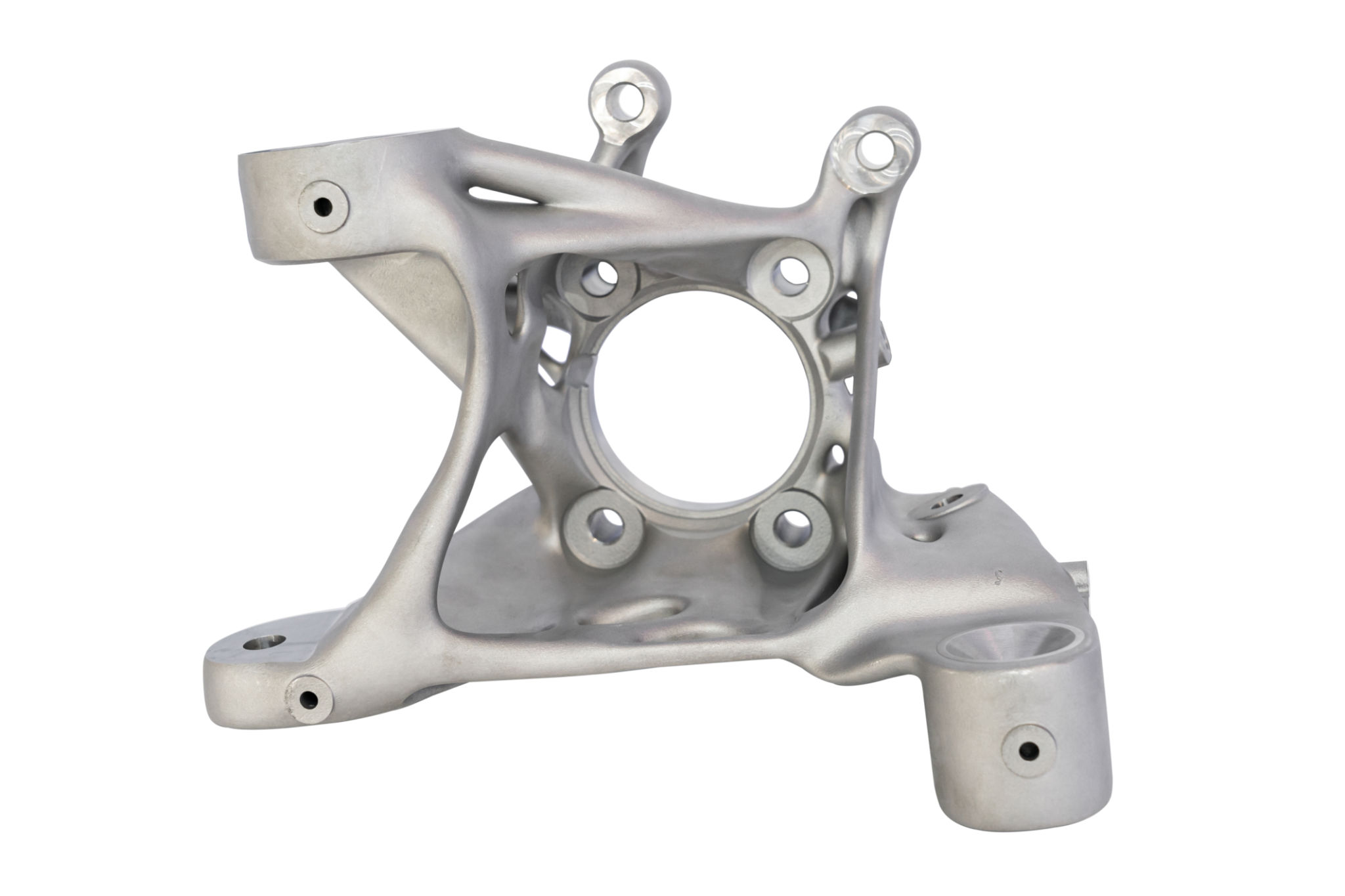Expert Insights: The Future of Metal Fabrication and Welding Technology
Introduction to the Evolving Industry
The metal fabrication and welding industry is undergoing a significant transformation, driven by technological advancements and changing market demands. As we look towards the future, it's essential to understand how these changes will shape the landscape of metalworking. From automation and robotics to new materials and processes, the future holds exciting possibilities.

Automation and Robotics: The Game Changers
One of the most profound changes in the metal fabrication industry is the increasing adoption of automation and robotics. These technologies are not only enhancing productivity but also improving precision and safety. Automated welding systems, for example, are capable of performing complex tasks with consistent quality, reducing human error and labor costs.
Robots equipped with artificial intelligence can adapt to different welding techniques and materials, offering flexibility previously unimaginable. This shift towards automation is a game changer, allowing businesses to meet higher demand while maintaining quality standards.
Advanced Materials and Processes
In addition to automation, the development of new materials and processes is propelling the metal fabrication industry forward. High-strength steels, aluminum alloys, and composite materials are becoming more prevalent due to their lightweight properties and durability.
Moreover, innovative processes such as additive manufacturing, also known as 3D printing, are revolutionizing how components are designed and produced. These advancements enable the creation of complex geometries that were once impossible to achieve with traditional methods.

Environmental Considerations
As environmental concerns continue to rise, the metal fabrication industry is embracing sustainable practices. This includes reducing waste, recycling materials, and using eco-friendly technologies. The shift towards greener solutions is not only beneficial for the planet but also offers cost savings for companies.
For instance, laser cutting technology reduces energy consumption while providing precise cuts. This efficiency leads to less material wastage, aligning with sustainability goals and enhancing profitability.
The Role of Digitalization
Digitalization is another critical trend shaping the future of metal fabrication. Smart factories equipped with IoT devices and data analytics are enabling real-time monitoring and optimization of production processes. This digital transformation leads to increased efficiency and reduced downtime.

Furthermore, digital twins—virtual replicas of physical assets—allow manufacturers to simulate and test processes before actual implementation. This capability minimizes risks and ensures optimal performance in real-world applications.
Workforce Transformation
With all these technological advancements, the workforce in the metal fabrication industry is also evolving. There is a growing demand for skilled workers who are proficient in operating advanced machinery and interpreting data analytics. This shift necessitates continuous training and education for employees to stay competitive in the job market.
Companies are investing in upskilling their workforce to harness the full potential of new technologies. Collaborative robots, or cobots, are also being introduced to work alongside humans, enhancing productivity while maintaining a human touch in the production process.
Conclusion: Embracing Change
The future of metal fabrication and welding technology is undoubtedly bright, with innovations paving the way for more efficient, sustainable, and versatile manufacturing processes. By embracing these changes, businesses can not only stay competitive but also lead the industry into a new era of growth and development.
As we continue to explore these advancements, staying informed and adaptable will be crucial for success in this ever-evolving landscape. The integration of new technologies, materials, and processes promises a dynamic future for metal fabrication.
